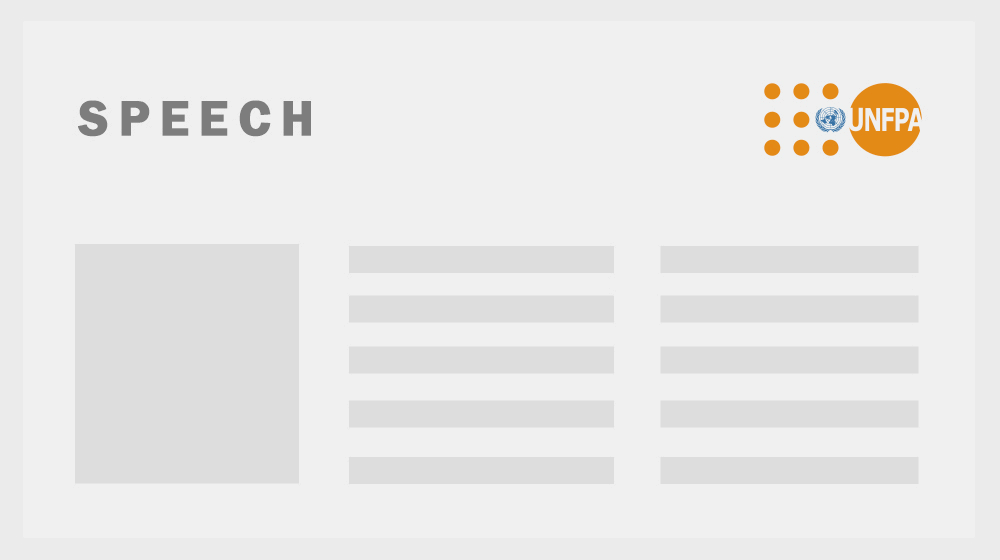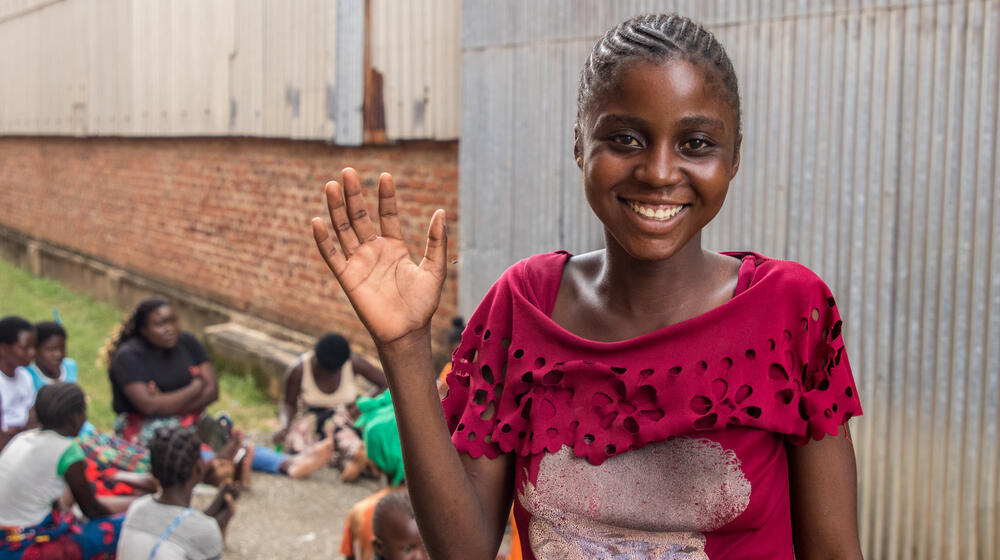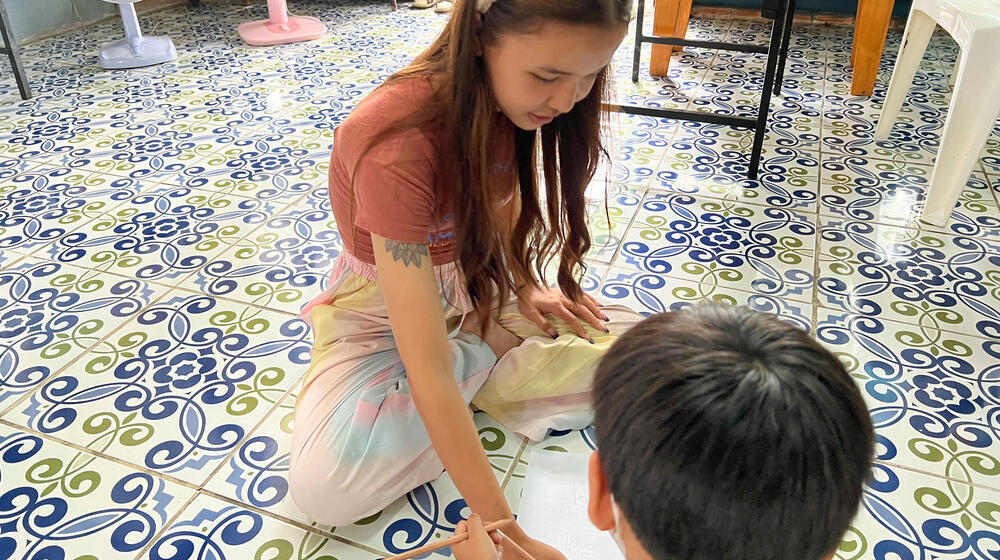
Three young women fighting for a better, greener world
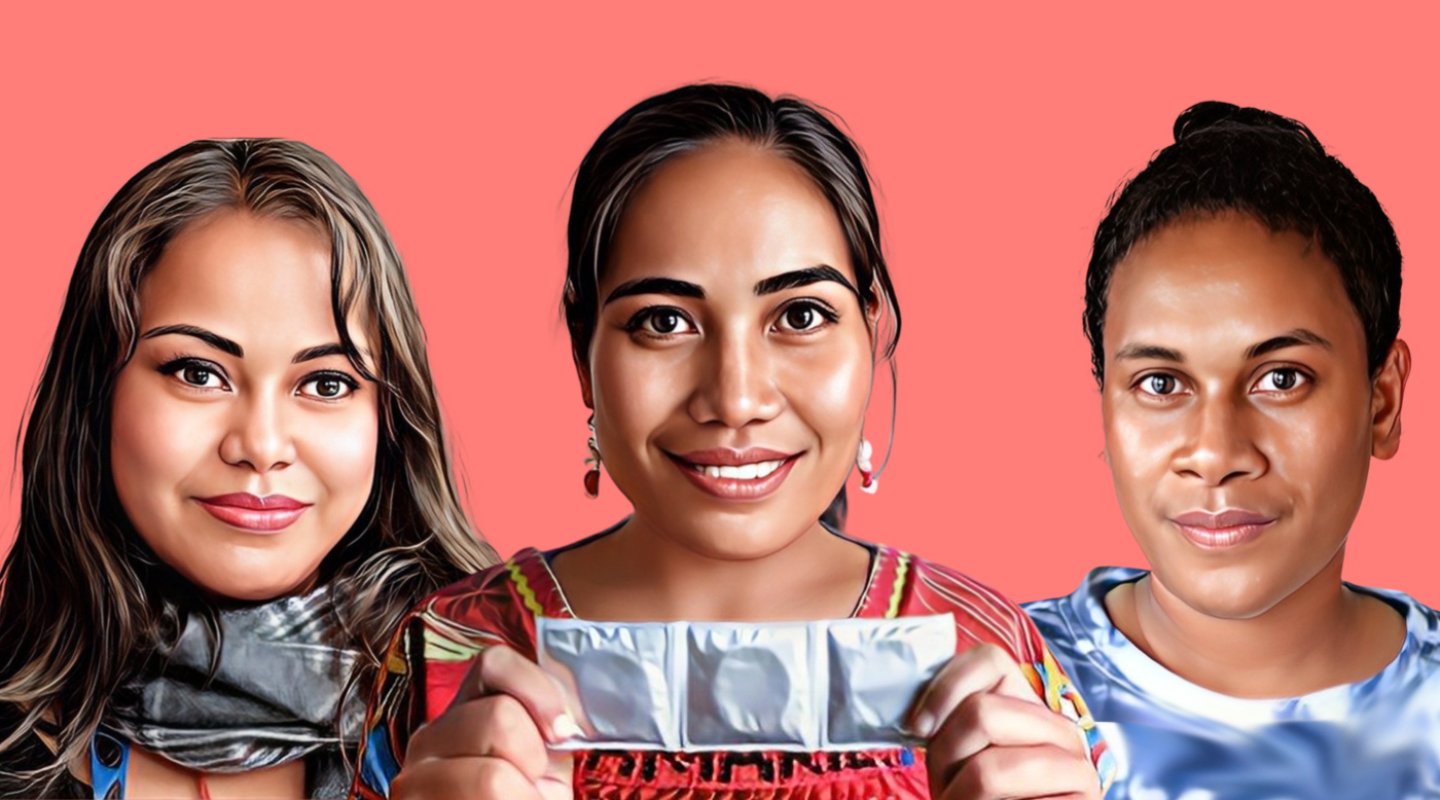
In a world of extreme heatwaves, wildfires, floods and drought, young people are key to a more climate-friendly future. They have serious motivation: Not only will they suffer the impacts of climate change for longer than any other group, but their reproductive lives are under threat, with the warming planet expected to worsen maternal and neonatal health outcomes for generations.
That’s why the theme for International Youth Day on 12 August this year is Green skills for youth: Towards a sustainable world. Young innovators are already defining a green future, identifying the needs of the most vulnerable, including women, girls and marginalized communities.
UNFPA champions the rights of young people and works to enable them to fulfill their potential. Here, to mark the international day, meet three young women who are focusing on initiatives to improve life for women in the Asia-Pacific region, which is particularly vulnerable to climate crises due to diverse geographical and socioeconomic issues, leaving people six times more likely to be affected by disasters than people living elsewhere.
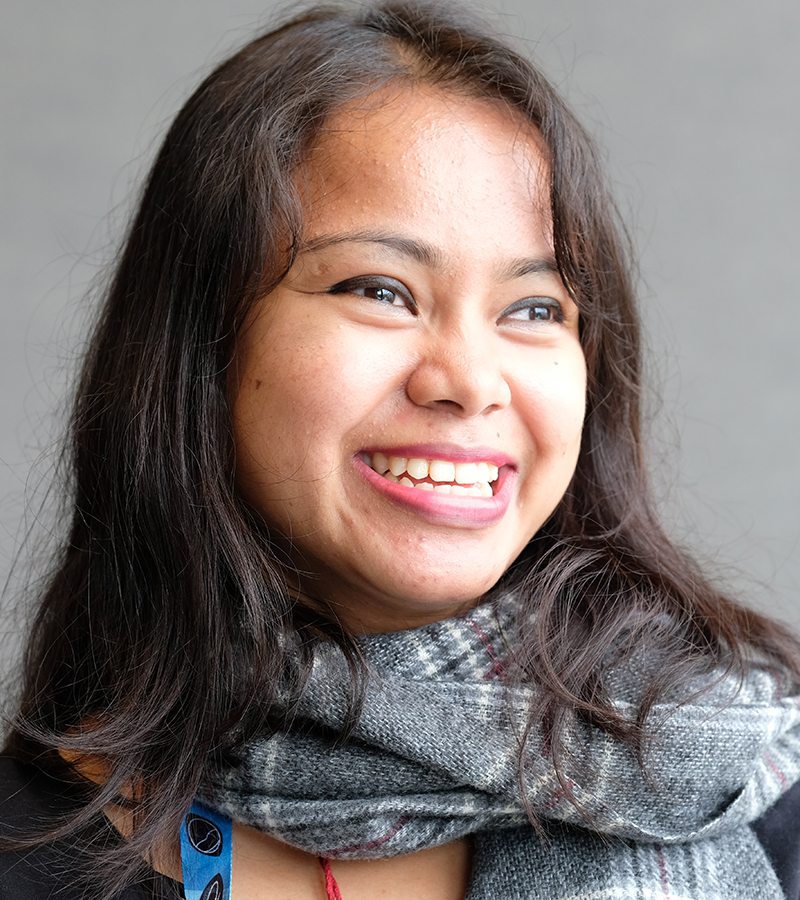

The flood buster: Jekulin Lipi Saikia
In India, where deadly monsoon floods and landslides have battered cities, roads and bridges, Jekulin Lipi Saikia is working to empower women and children to prepare for the next onslaught.
She leads the Asia-Pacific children and youth group for the Stakeholder Engagement Mechanism, an initiative of the United Nations Office for Disaster Risk Reduction, advocating for gender equality and social equity and working with the government on flood preparedness.
“Disasters pose threats to everyone, but they often have harsher impacts on women, children and youth as they continue to be among the most marginalized groups,” she says. “My work focuses on advocacy, capacity building, knowledge and action for children, adolescents and young women. An inclusive approach to disaster-risk reduction gives young minds the knowledge to protect themselves during a disaster and gives them a voice in developing resilience strategies.”
She says India has made strides in inclusive disaster-risk reduction, but there’s a long way to go to ensure the adequate involvement of women. “Women can participate in the decision-making process and actively work in preparedness, response and recovery, rather than being showcased as a vulnerable population,” she says. “We have to do more because my fellow youth and the children are not aware of disasters and how to protect themselves.”
To that end, she teaches women and children skills including how to create a survival kit, how to navigate the warning systems and how to best evacuate. In teaching the kids, she uses a series of comic books she helped create, to make learning more relatable.
She emphasizes the importance of focusing on solutions, not problems – and doing so with diplomacy. “We must keep pushing decision makers and hold them accountable,” she says. “I do not make enemies, but make partners and friends.”
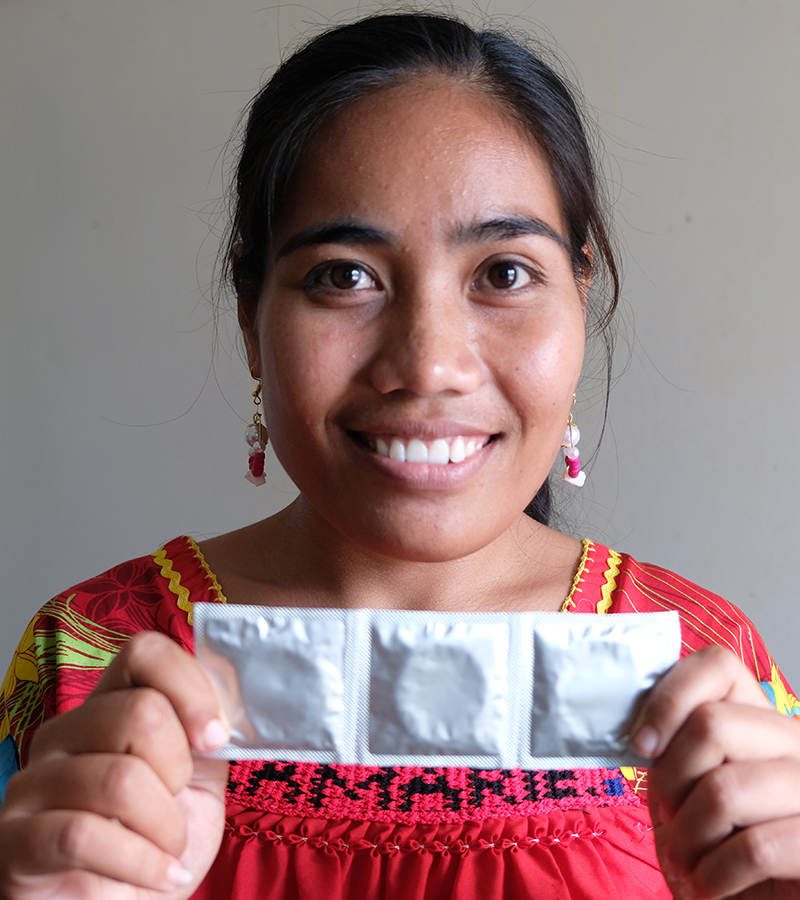
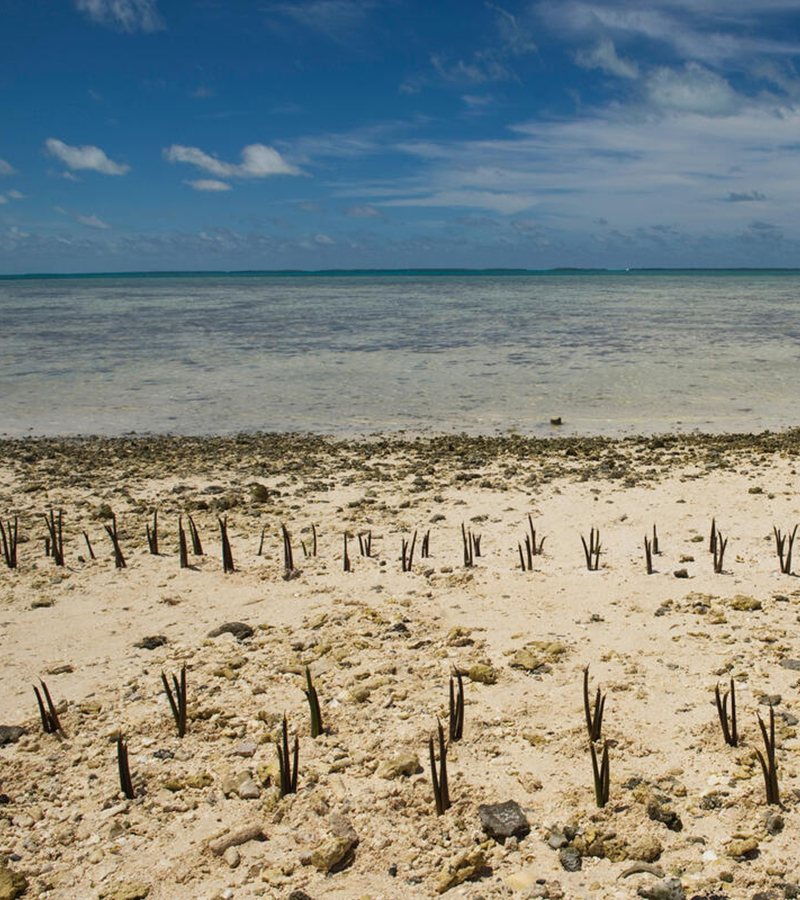
The mentor: Tematong Kamarie
In Kiribati, women and girls often face hurdles to their sexual and reproductive health and rights, including gaps in access to family planning. Climate crises such as prolonged drought add to the challenge, says Tematong Kamarie, a volunteer with Y-PEER, a global network of youth peer educators launched by UNFPA. She’s making a difference through working with teens.
Kiribati, an island country that stretches across dozens of atolls in the central Pacific Ocean, is one of the world’s most vulnerable countries to climate events, including a rising sea level and coastal flooding and erosion, as well as extreme drought, which leaves families scrambling for safe drinking water and access to health care and supplies.
As the leader of a programme to prevent unintended teenage pregnancies, Ms. Kamarie uses discreet one-on-one chats to help girls talk about reproductive health and rights and gain access to essential supplies such as condoms. Her support and education is key to helping young women carve out their futures. “Young women with teenage pregnancies often cannot support their children,” she says. “They haven’t finished their school or they drop out.”
In this predominantly patriarchal society, where topics such as sexual and reproductive health are not often openly discussed, she is showing teenagers that they have a voice. “It’s very hard for girls to share their problems, but after they get helpful information, they can be open with me,” she says. “I have seen what teenage pregnancy means for young women – I know that it’s hard being a young mother in Kiribati.”
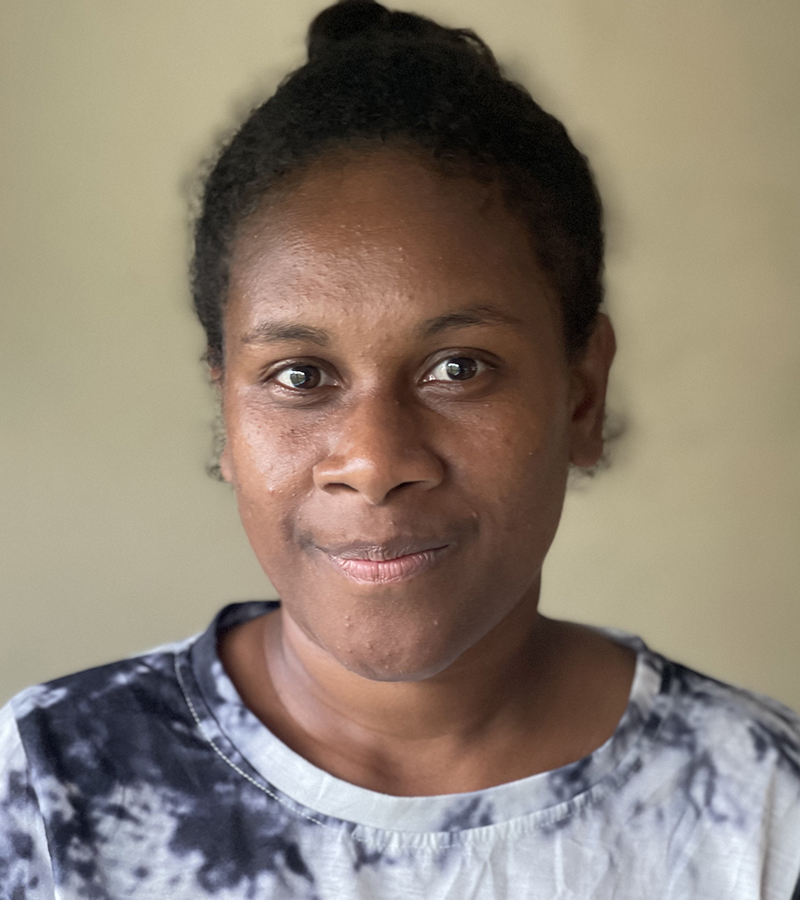
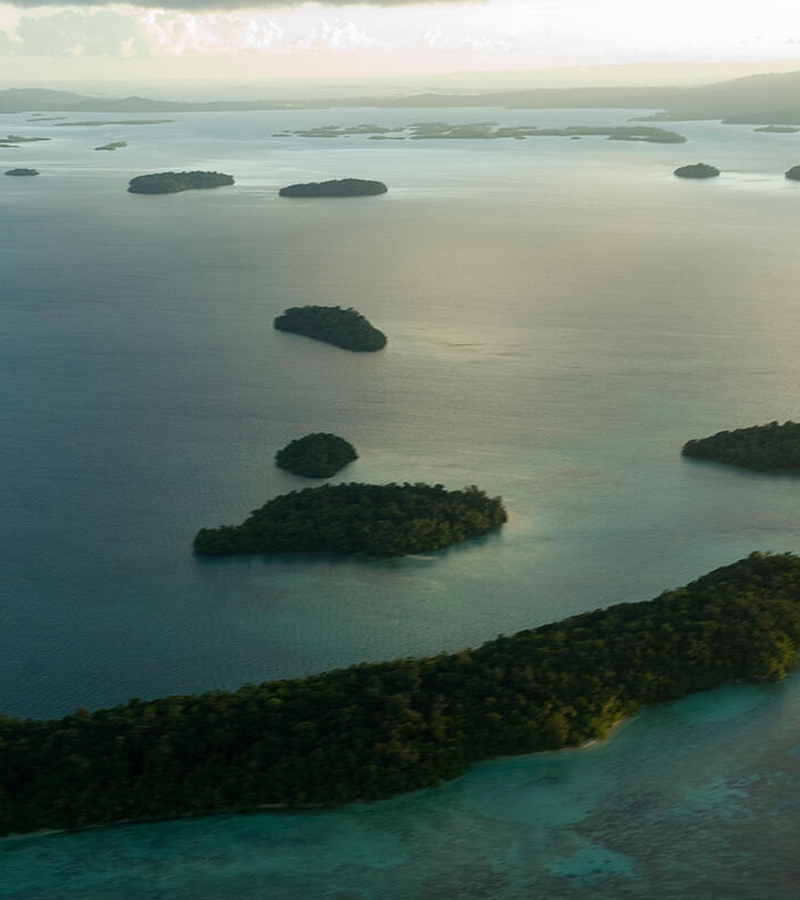
The girls’ girl: Samantha Arapaasi
It’s crucial that girls are among the new generation of green leaders, as they are among the most vulnerable to the impacts of climate change. Sadly, when it comes to national commitments to increase green skills, men and boys are more often recognized as change agents than are women and girls. Samantha Arapaasi is working to change that.
She works with the Girls Tekem Akson Lo Climate Change project in the Solomon Islands, helping adolescent girls become advocates for climate action, and for themselves.
The Solomon Islands, which consist of six major islands and more than 900 smaller islands in the southwestern Pacific Ocean, are especially vulnerable to climate crises, including cyclones and flooding, as well as more gradual climate-driven changes such as a rising sea level. These changes, when combined with other issues, such as poverty and health, increase inequality and drive displacement.
Ms. Arapaasi says gender-based violence is a major problem on her home island of Malaita, due in part to increased risks for women and girls from climate disasters, which make it difficult to access crucial services and support. As part of her work, she helps young people learn skills to support themselves and achieve independence with small businesses, and also pushes to ensure that women climate leaders are being heard by decision-makers at both local and national levels.
